- Joined
- Jul 21, 2004
- Messages
- 9,159
What words are used in Google searches is interesting but not really the question at hand. DeBeers isn't even interesting. They're just, well, DeBeers. The other part of your argument is good. Unlike platinum or oxygen, diamonds are a manufactured product. That's not a compound but still seems important. They are not JUST carbon. Manufacturing is an agency of man. I suspect the growers would like that word even less and it would create even more confusion since mined diamonds are also subjected to manufacturing. That's what cutters et. al. do. It's the difference between trees and lumber.

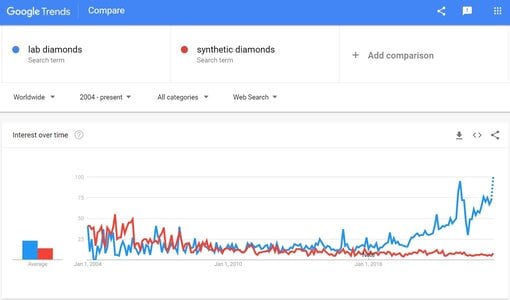
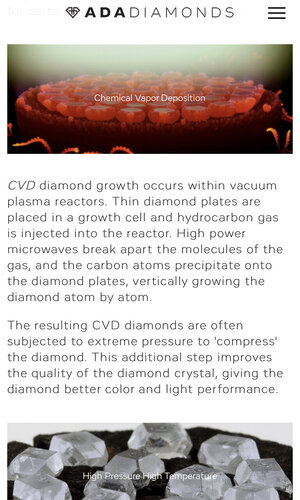

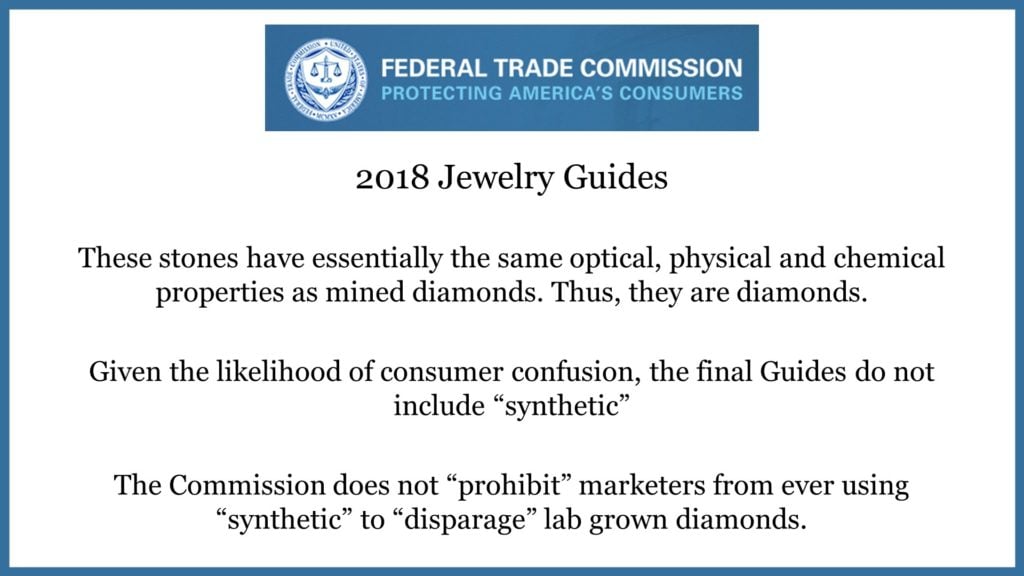
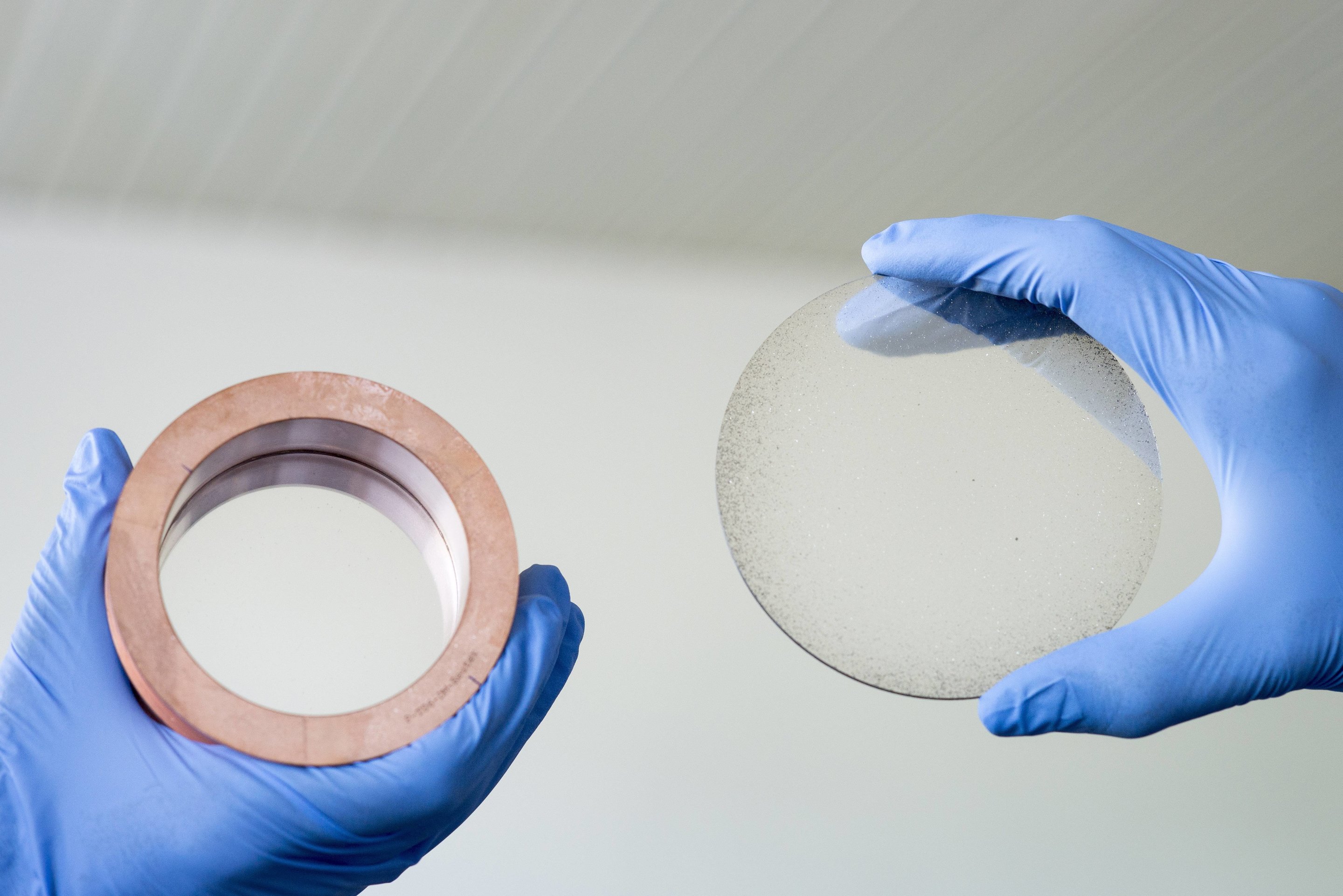
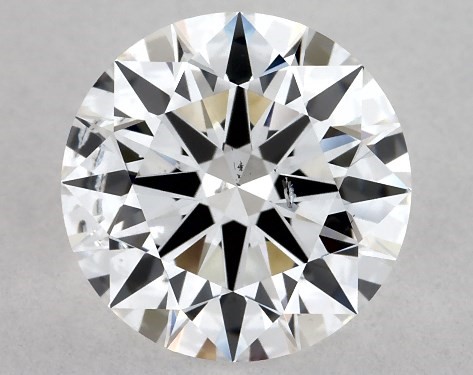
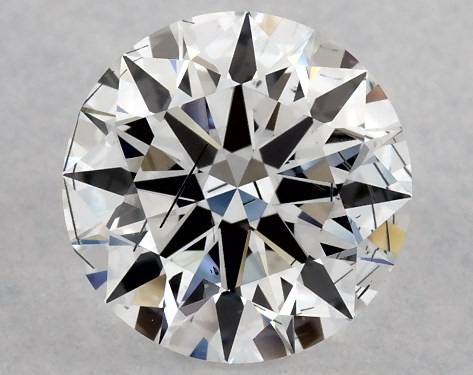

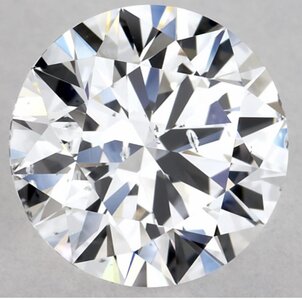
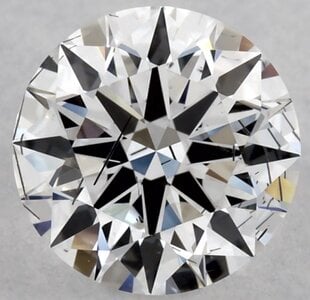
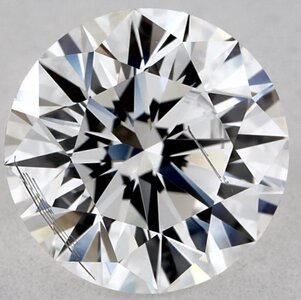


300x240.png)